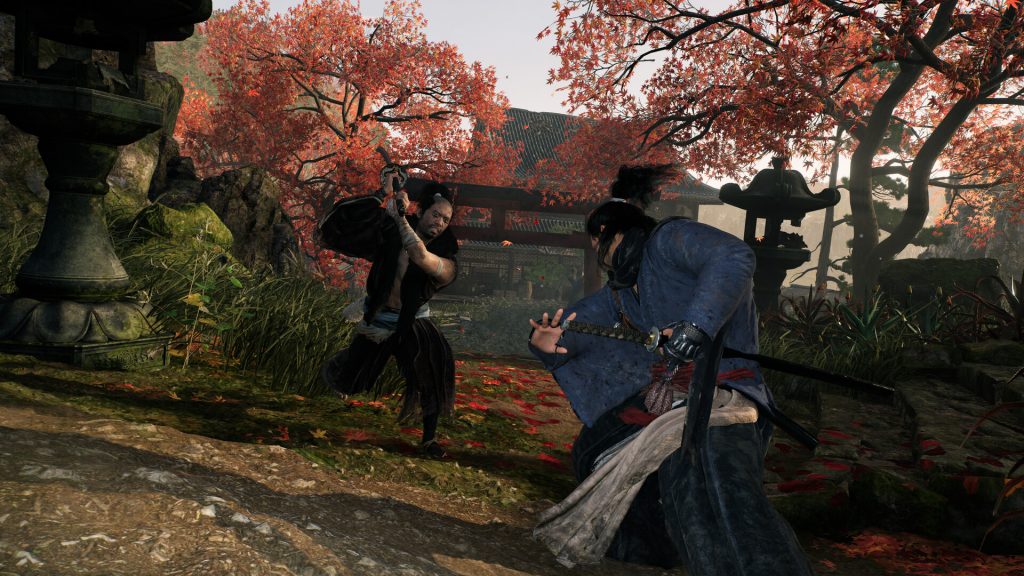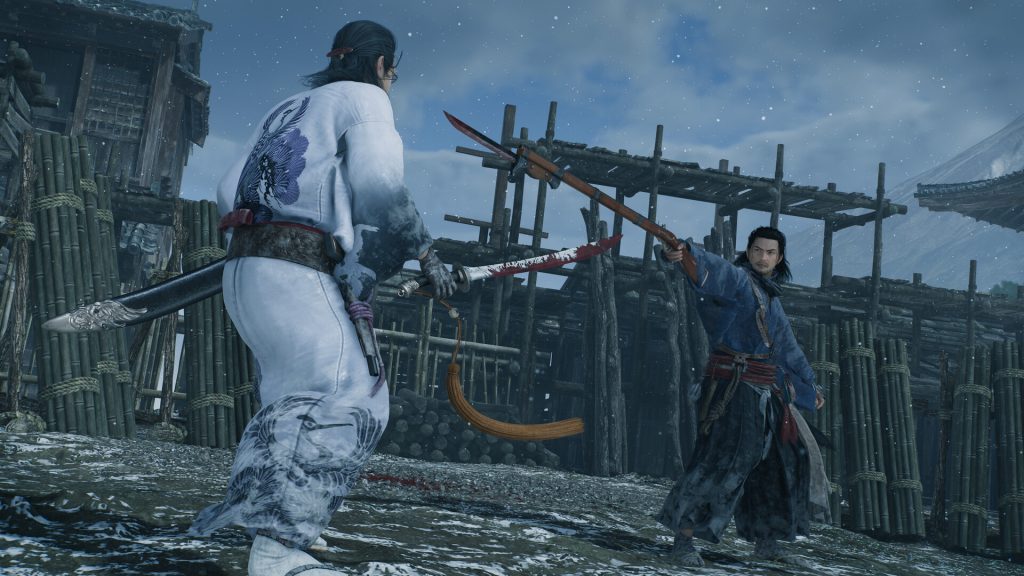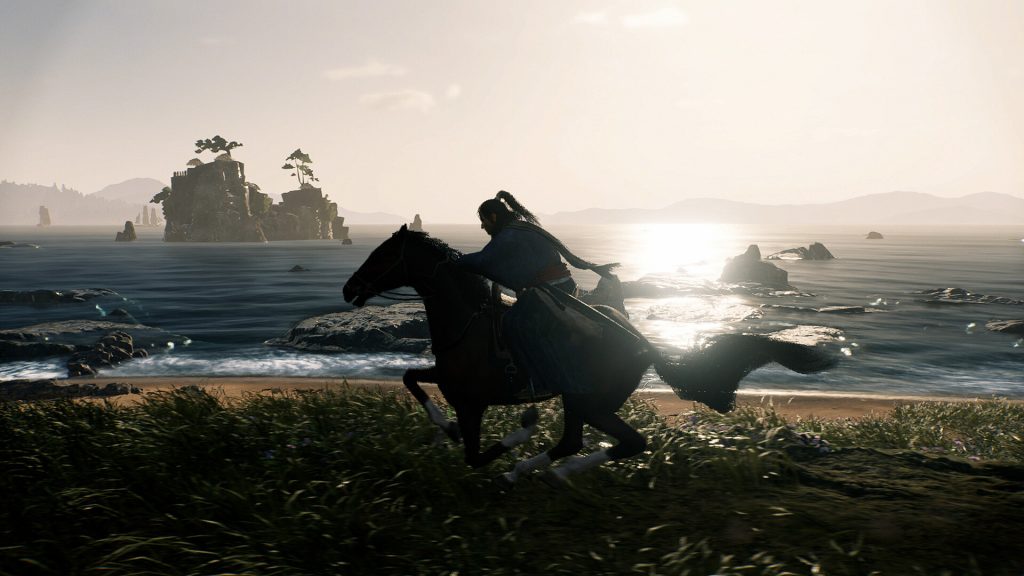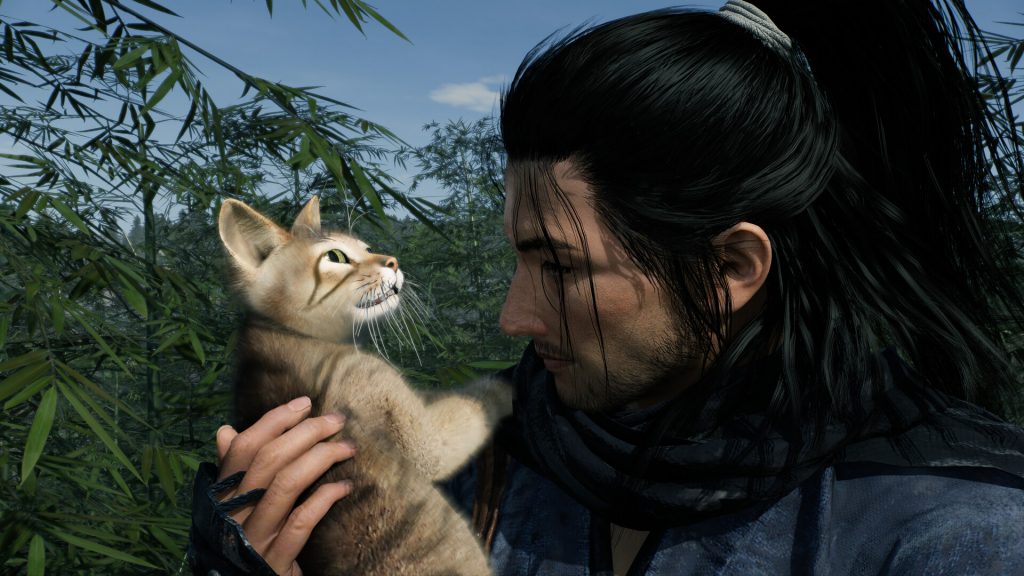Rise of the Rōnin PC Review
Summary: Team Ninja have done an admirable job of transplanting the core Nioh game design into an open-world. Rich and engaging combat let down by average visuals and a heavy performance cost.
3.8
Some rough edges
We’ve been inundated with games focusing on the samurai and ninja over the last few years, after a long drought with minimal releases fitting this niche. In the AA and AAA spaces at least.
The appropriately named Team Ninja, previously responsible for the Dead or Alive series has been filling this niche since 2017 with the Nioh series, a pair of Dark Souls-inspired games set during Japan’s Edo period. Both games were well received and paved the way for Team Ninja’s latest release, Rise of the Rōnin.
In much the same way FromSoftware eventually took the Dark Souls formula and moved it into the open world in 2022 with Elden Ring, Rise of the Rōnin takes the blueprint it forged with Nioh 1 and 2 and moves it into a more open-world setting.
Players begin by creating a pair of characters and are quickly dropped into the prologue section. This short, linear area serves as a tutorial for many of the game systems in a more controlled environment. Once this is out of the way, however, we’re dropped straight into the open world to wander around more or less as we see fit. Team Ninja once again chose the Edo period as a setting for the game, with the cities of Yokohama, Edo, and Kyoto serving as the major landmarks.
Once in the wilderness there’s a lot of what you’d expect from an open-world game. NPCs giving out both story and side-quests, and a host of optional activities with varying degrees of reward to them. Many of these optional activities leave a lot to be desired, from finding and petting local cats to praying at shrines, many of them weren’t particularly interesting, and often felt like filler that could safely be ignored.
Like Nioh before it, Rise of the Rōnin puts a considerable amount of emphasis on its combat systems. There’s a wide array of weaponry on offer, from the traditional Uchigatana and Odachi to polearms, spears, and pairs of short katana. Along with the different weapon types, each of which plays differently from one another, there are also over 20 different combat styles to pair with them. Not each style and weapon can be used together, but there’s still a vast number of combinations to try out. Some lean into a quick, aggressive melee of attacks. Others are more defensive styles that focus on negativing damage through blocks and parrying, taking advantage of the openings created to deal damage.
Parrying especially is important in Rise of the Rōnin. Called Countersparks, perfectly hitting a button when your opponent is attacking can leave them open to counter and is often the only reliable way of getting a consistent opening with some of the tougher enemies. It’s often necessary to counterspark several attacks in a sequence before a sufficient advantage is gained. Rolling around and dodging will get you a fair way through the game, however, utilising parries isn’t the only way to play.
Switching up weapons and combat styles can drastically affect how the game plays. For example, in the opening hours, I used the Uchigatana as my main weapon. It’s a dependable, relatively high-damage weapon type that isn’t too slow either. It feels a lot like a weapon that needs to make use of the counterspark system to get the most out of it, however. After a few hours, I switched things up by equipping a pair of short swords instead. This immediately changed the dynamic of the game’s combat. I was no longer waiting to parry an attack to find an opening, I was pushing forward, creating my openings by forcing the enemies to deal with a torrent of swings. It was a simple change that increased my enjoyment of the game immensely.
When it comes to the PC ports of their games, Koei Tecmo, Team Ninja’s publisher and parent company, has been a little hit-and-miss. Thankfully, Rise of the Rōnin has a serviceable port, though it isn’t perfect by any means. There’s a robust options menu featuring everything you’d expect from a modern title. Various methods of upscaling and frame generation support, fully customisable keyboard and mouse bindings, as well as support for high framerates and resolutions.
I found performance to be mostly solid, rarely dropping below 60fps, if ever. It even mostly managed this on my lower-end living room PC, albeit at 1080p. Despite this, the game is quite heavy, and the visuals don’t necessarily line up with this. It’s not a bad-looking title by any means but it certainly isn’t pushing any boundaries in the visual department. Audio is also a bit of a mixed bag. The sound design is decent for the most part and I found the score to be fantastic, the voice acting is laughable in places, though, at least in the English dub.
Steam Deck
Rise of the Rōnin compatibility is set to unsupported by Valve, and while the game technically runs on the handheld, it isn’t what I’d consider to be even remotely playable. The framerate wildly fluctuates, rarely being around 30fps and frequently dropping into the teens during combat. If your primary method of playing games is on the Deck, then you might want to skip this one for now.
Final Thoughts?
Team Ninja has successfully transplanted the gameplay of Nioh into an open-world adventure. The combat is deep and exhilarating, with dozens of combinations of weaponry and fighting styles to try out. It’s different enough from its predecessor to stand on its own, while still being familiar and comfortable to fans of their previous titles.
It certainly scratched the itch left behind by Nioh and its sequel for me, so if you’ve got the machine to run and are into this sort of thing, then it’s worth checking out.











